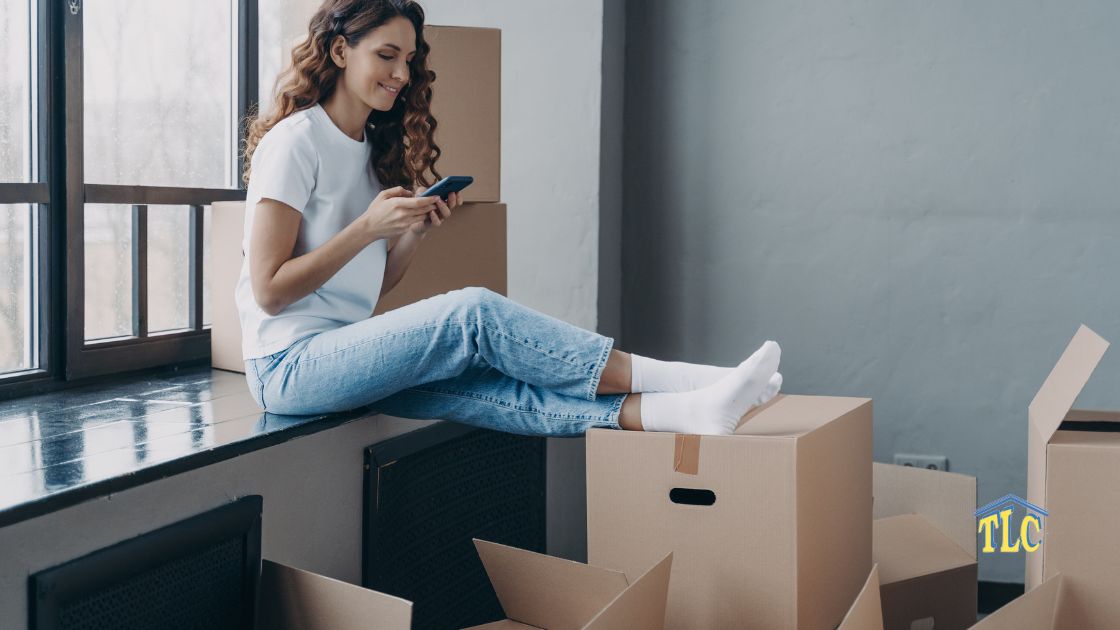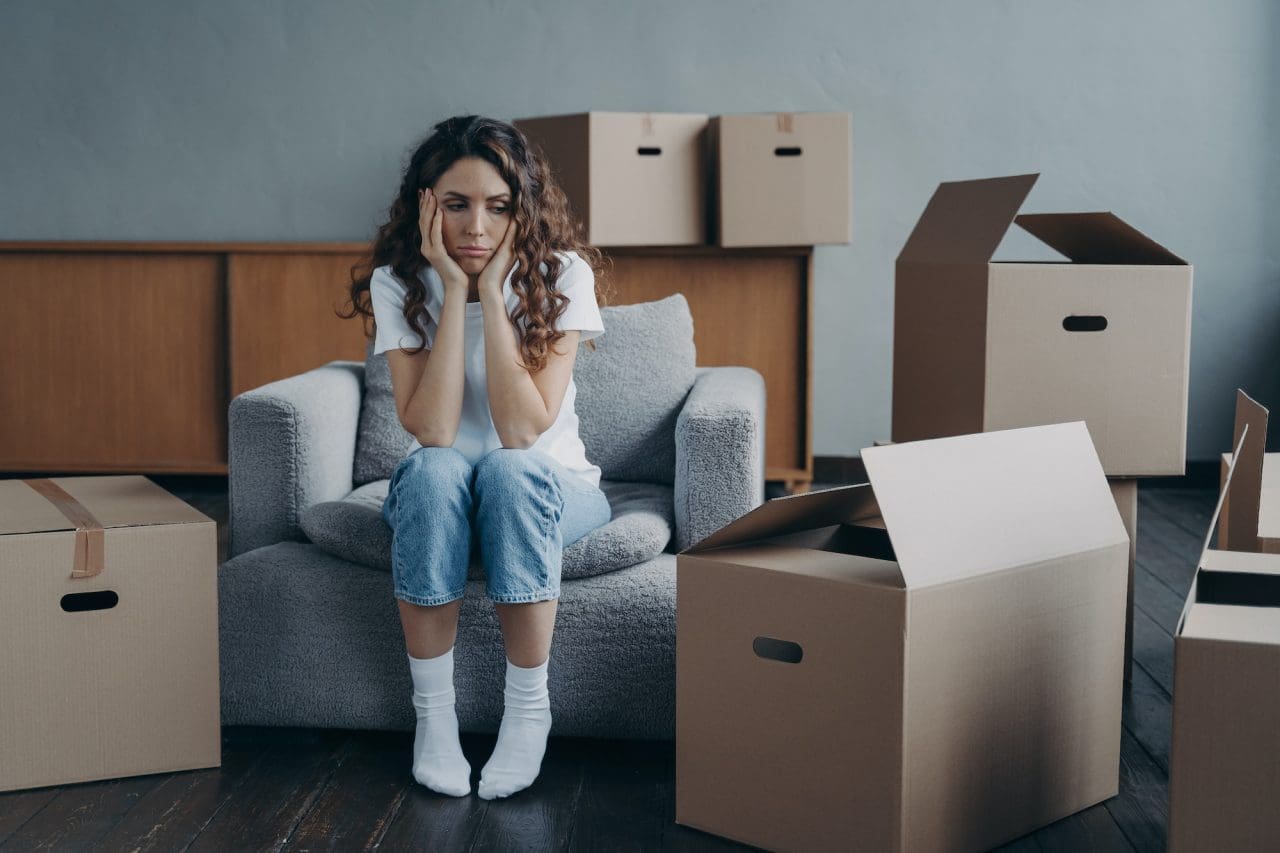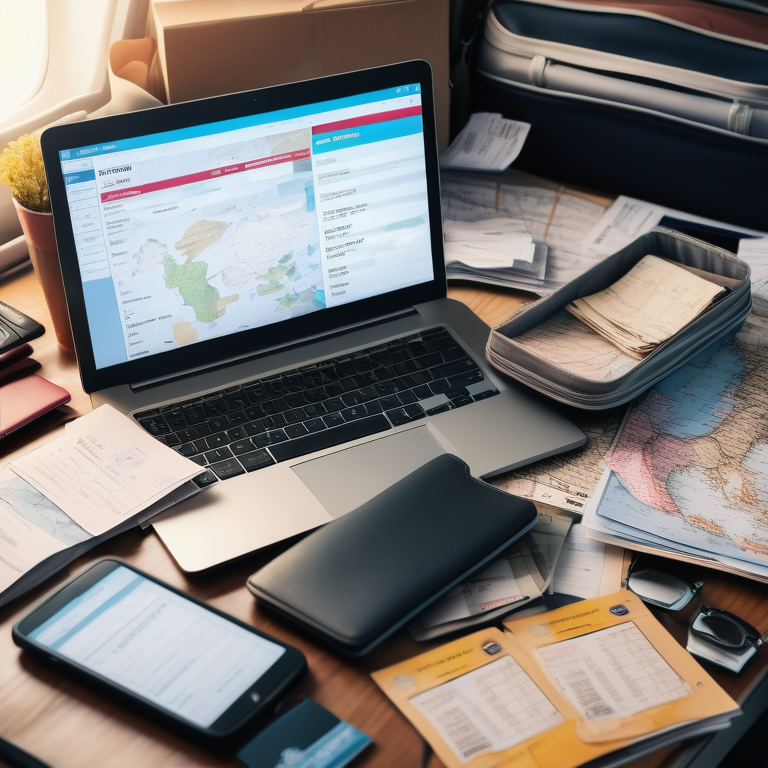Moving homes can be exciting, yet the process can also be daunting, especially regarding safely transporting your cherished furniture. Understanding the importance of proper furniture wrapping is critical to ensuring their protection.
If done wrong, this seemingly simple task can lead to unfortunate scratches, dents, or irreparable damage. On the other hand, if executed correctly, it can be the difference between a stressful or a seamless move.
In the following sections, we’ll take you through the potential risks of improper wrapping, the essential supplies you’ll need, and how to prepare your furniture. We will also reveal our expert techniques for wrapping different types of furniture, common mistakes to avoid, and provide a detailed step-by-step guide on how we do it.
Lastly, we’ll discuss the benefits of letting professionals handle the job. Ready to become a furniture wrapping pro? Let’s get started!
The Importance of Proper Wrapping
Potential Damage During Relocation
Moving is more than just transporting items from one location to another. For your precious furniture, it’s a difficult journey filled with potential threats. Bumps, drops, and even jostling inside the moving truck can cause scratches, dents, and breakages. Without proper wrapping, your furniture stands defenseless against these hazards.
Cost Implication of Furniture Damage
Damage isn’t just about the physical harm to your furniture; it also carries a financial cost. Repairing or replacing a damaged piece can be expensive and sometimes impossible, and the loss can be irreplaceable if it’s an antique or a unique piece. Proper wrapping can save you from this unnecessary expense and emotional distress.

Preventing Issues with Wrapping
So, how does proper wrapping prevent these issues? Think of it as a safety jacket for your furniture. It provides a buffer against impacts, shields surfaces from scratches and keeps the parts of your furniture securely together during the move. It is not just about covering your furniture but protecting it.
Basic Supplies Needed for Wrapping
Necessary Tools and Materials
Before you start the process of wrapping, you need to gather the right tools, materials, and packing supplies. Here are the essential supplies you can buy from a local hardware store:
Packing Tape: This holds your wrapping in place. Go for a durable and wider tape that can secure the materials firmly.
Bubble Wrap: Bubble wrap protects delicate surfaces and breakable items. It provides a cushion against impacts.
Moving Blankets: These thick, padded blankets offer extra protection for your furniture, preventing scratches and dents.
Stretch Wrap: Plastic film or large sealable plastic bags that can secure moving blankets and provide protection against dust and moisture.
Cardboard Corners: Cardboard boxes and corrugated cardboard sheets protect the vulnerable corners of furniture like tables and cabinets.
Choosing Quality Materials
Choosing quality materials is just as important as choosing the right ones. Cheap, low-quality supplies may not withstand the rigors of moving, risking damage to your furniture. Don’t cut corners when investing in these materials.
Remember, they’re the protective gear for your valuable furniture during the move. It’s always better to be safe than sorry when protecting your belongings.

Preparing the Furniture for Wrapping
Dismantling Furniture: When To Wrap Furniture and How to Do It
Dismantling furniture can seem daunting, but in many cases, it’s a crucial step in preparing your furniture for wrapping. Breaking down larger pieces makes them easier to handle, wrap, and transport. For example, remove the legs from tables and couches, take apart bed frames, and remove any removable shelves from bookcases.
However, keeping track of all the screws, bolts, and other hardware is essential. A handy tip is to place them in a small bag and attach it to the central part of the furniture piece.
Cleaning and Prepping the Furniture Before Wrapping
Before wrapping, ensure your furniture is clean and dry. Dust and dirt can scratch surfaces during a move, and moisture can lead to mold or mildew. A simple wipe-down with a clean, dry cloth is often sufficient.
Also, remove all items from your furniture. It would be best if you emptied the drawers and removed the cushions. Not only does this make the furniture lighter and easier to move, but it also prevents items from rattling around and causing damage during transport. You can confidently proceed to the wrapping stage with your furniture appropriately prepared.
Expert Techniques for Wrapping Different Types of Furniture
Wrapping Wooden Furniture
To avoid scratches, dents, and moisture damage, you must protect wooden furniture. First, remove any removable wood furniture parts and secure all doors and drawers. Then, cover the entire wooden furniture with moving blankets, ensuring all surfaces are adequately protected. Secure the blankets with stretch wrap.

Add bubble wrap over the corners and other vulnerable areas of the wooden furniture for extra protection.
Wrapping Upholstered Furniture
To protect furniture and upholstered items like sofas and armchairs:
- Start by removing the cushions and wrapping them individually.
- Wrap the entire piece in stretch wrap to shield it from dirt and moisture.
- Cover it with moving blankets and secure them with packing tape.
- Remember, the tape should only touch the blankets, not the furniture itself.
Wrapping Delicate Antique Furniture
Antique furniture often has sentimental value and requires extra care. If possible, disassemble any removable parts. Then, wrap each part separately using bubble wrap to protect furniture against shocks and vibrations.
Use moving blankets as an additional layer, and secure everything with stretch wrap. Follow the process below if your antique furniture has mirrors or glass elements.
Wrapping Glass or Mirrored Furniture
Glass elements are highly vulnerable to cracks and breaks. Add masking tape to the glass in a starburst pattern to protect them. That doesn’t prevent breaking but can keep the glass pieces together if a break does occur.
Then, cover the glass with bubble wrap and secure the furniture wrap with packing tape. Use moving blankets and stretch wrap as described in the previous sections for the rest of the piece.
While the specific techniques and materials may vary, the principles of furniture wrapping remain the same. It’s about protecting against potential damage during the move and doing so in a way that respects the unique characteristics of each furniture piece.

Whether it’s a sturdy wooden table, a plush armchair, a delicate antique, or a mirrored dresser, with the proper techniques, you can ensure it arrives at its new home safe and sound.
Common Mistakes to Avoid When Wrapping
Wrapping is a delicate process that requires proper planning, preparation, and execution. Here are common mistakes that people often make when wrapping furniture and how you can avoid them:
Not Using the Right Materials: Using defective or incorrect materials can lead to damage. For instance, using thin plastic wrap on sharp-edged furniture can result in tears and expose your furniture to damage. Always opt for high-quality wrapping materials suitable for the specific type of furniture.
Inaccurate use of bubble wrap, packing paper, or furniture pads may also impact the furniture items, damaging or scratching them.
Need for Padding: Many people need to pay more attention to the padding required to protect their furniture. Use enough bubble wrap, foam padding, or moving blankets to safeguard against bumps and scratches during transit.
Ignoring the Corners and Edges: These furniture parts are most prone to damage. Ensure you take care of them with edge protectors or extra padding.
Improper Use of Tape: Applying tape directly to the furniture can cause damage to the finish when you remove them. Ensure you always apply the packing tape to the wrapping material, not the furniture
Not Dismantling Furniture: Disassemble or dismantle large pieces of furniture if possible. Not doing so could make them more challenging to move and more likely to be damaged. Remember to keep all screws and small parts in a labeled bag.

Rushing the Process: You must not rush furniture wrapping; that is a cardinal rule. Take your time to ensure that every piece is adequately protected.
Not Seeking Professional Help when Necessary: If you need clarification or dealing with valuable or antique furniture, consider hiring professional movers. Their expertise and experience can ensure your furniture is appropriately protected.
Avoiding these common mistakes can go a long way in ensuring the safety of your furniture during a move.
How Professional Movers Wrap Furniture: A Step-by-step Guide
Professional movers employ a systematic process to ensure your furniture is protected and ready for the journey ahead. Here’s a glimpse into their step-by-step approach to wrapping with bubble wrap:
Assessment: First, they take the time to assess the piece of furniture. This step involves understanding its structure, identifying removable parts, and noting areas needing extra attention.
Dismantling (if necessary): Carefully remove parts of furniture that you can disassemble. That might include removing legs from tables or sofas or drawers from dressers.
Cleaning: The furniture is then cleaned with a soft cloth to remove any dust or dirt, and that prevents possible scratching or staining during the move.
Initial Wrapping: Depending on the type of furniture, an initial layer of protection is applied. It could be a stretch wrap for upholstered pieces or moving blankets for wooden ones.
Securing the Wrap: The initial wrap is then secured using packing tape or stretch wrap. Remember, the tape should never directly touch the furniture’s surface to avoid potential damage.

Additional Protection: For delicate areas or fragile pieces, an additional layer of protection, such as bubble wrap, is added. This extra precaution is vital for corners, glass elements, and antique pieces.
Final Check: Finally, the movers do a last check to make sure everything is secured and ready for the move.
When carried out by professionals, this detailed process ensures that your furniture is well-protected for the move, minimizing the risk of damage. It’s a blend of careful attention, practical knowledge, and efficient execution designed to get your furniture safely to its new destination.
The Benefits of Hiring Professional Movers for Furniture Wrapping
Entrusting your wrapping to expert movers brings several advantages beyond the physical labor of moving. These experts provide peace of mind, knowing your prized possessions are in the hands of experts, and handled with utmost care and professionalism.
Expertise and Efficiency: Expert movers have the best training to wrap and move furniture efficiently. They know the best techniques to protect each piece and can complete the task much more quicker than an inexperienced person could.
Safety and Security: Professionals have the necessary equipment to move heavy and bulky furniture safely. Their experience also means they know how to navigate potential obstacles, reducing the risk of injury or damage to your items.
Time and Energy Savings: Hiring professionals frees up your time and energy. Instead of worrying about wrapping and moving, you can focus on other essential aspects of your relocation, such as setting up utilities or familiarizing yourself with your new neighborhood.

Peace of Mind: Above all, knowing that your furniture is in the hands of professionals provides an invaluable sense of relief during what can be a stressful time.
Final Thoughts
In summary, proper wrapping is essential for its protection during a move. From the right supplies and preparation steps to the specific techniques for different types of furniture, each aspect plays a crucial role in ensuring your belongings reach their destination unscathed.
However, the process can be demanding and challenging without the right skills and expertise. That is where professional movers step in, offering their experienced hands and time-tested methods. They bring efficiency, safety, and peace of mind, turning a potentially stressful process into a smooth and seamless experience.
So, whether you’re wrapping them yourself or considering professional help, remember the importance of these expert techniques. These insights can make all the difference in protecting your valuable furniture during a move.




